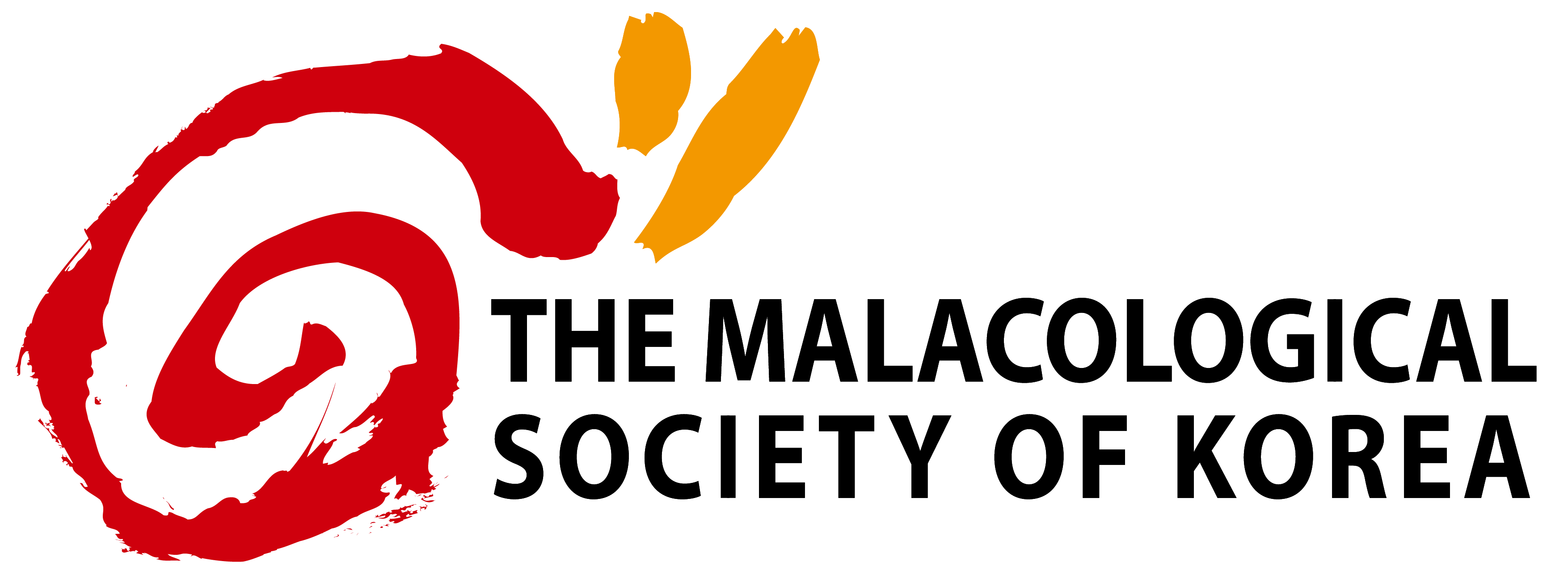open access
메뉴
open access
메뉴 ISSN : 1225-3480
ISSN : 1225-3480
<P> 본 연구는 해상가두리에서 양성중인 2년생 북방전복의 최적 사양관리 기준을 탐색하는 것이 목적으로 수용밀도, 먹이공급량 그리고 청소 빈도의 차이에 의한 전복의 성장과 생존을 조 사하기 위해 수행되었다. 실험에 사용한 가두리의 규격은 2.4m × 2.4m × 5.0m 크기였고, 12절 그물코를 사용하였으며, 전복의 평균 크기는 각장 64.7 ± 0.7 mm, 중량 38.3 ± 2.2 g 이었다. 사육 밀도는 가두리 1칸 당 800, 1,100, 2,000 마리였고, 먹이 공급량은 한 가두리 당 1.3, 2.0, 3.0, 6.0 kgㆍday<SUP>-1</SUP> 을 공급하였다. 가두리 청소 횟수는 1회ㆍmonth<SUP>-1</SUP>, 0.5회ㆍ month<SUP>-1</SUP>, 미청소 실험구였다. 실험종료 시 사육 밀도의 경우 가장 밀도가 높았던 2,000 마리 실험구의 무게 성장이 다른 실험구들보다 유의하게 낮았지만, 생존율에서는 차이를 보이지 않았다. 가두리 청소 빈도는 전복의 성장과 생존에 모두 영향을 미쳤는데, 성장은 한 달에 1회 청소하는 실험구에서 가장 높았고 생존율은 한번도 청소를 하지 않은 실험구가 가장 낮았 다. 먹이공급량 실험에서 2 kgㆍday<SUP>-1</SUP>와 6 kgㆍday<SUP>-1</SUP> 공급한 실험구들 사이에서 유의한 차이가 없었지만, 6 kgㆍday<SUP>-1</SUP> 공급한 실험구의 생존율이 유의하게 낮아졌다. </P>
<P> This study was conducted to investigate the growth and survival rate of <I>Haliotis discus hannai</I> in sea cages due to differences in stocking density, cleaning frequency and seaweed supply amount. In the process of abalone aquaculture, the experiment was carried out to measure the management efficiencies according to the culture densities (800, 1100, 2000 seeds per cage), diet supply amounts (1.3, 2.0, 3.0, and 6.0 kg/day/cage), and cage cleaning cycles (once and twice per month). The sea cage used in the experiment was 2.4 m × 2.4 m. At the end of the experiment, the weight growth of 2000 stocking density was significantly lower than that of the other experimental groups, but the survival rate was not significantly different among the experimental groups. The frequency of cage cleaning affected both the weight growth and survival rate of the abalone. Weight growth was the highest in the experiment cleaned once a month and survival rate was the lowest in the experiments that had never been cleaned. In the diet supply amount experiment, there was no difference in weight growth between the 2 kg/day and 6 kg/day experimental groups, but the survival rate of the 6 kg/day group was significantly lower. </P>
